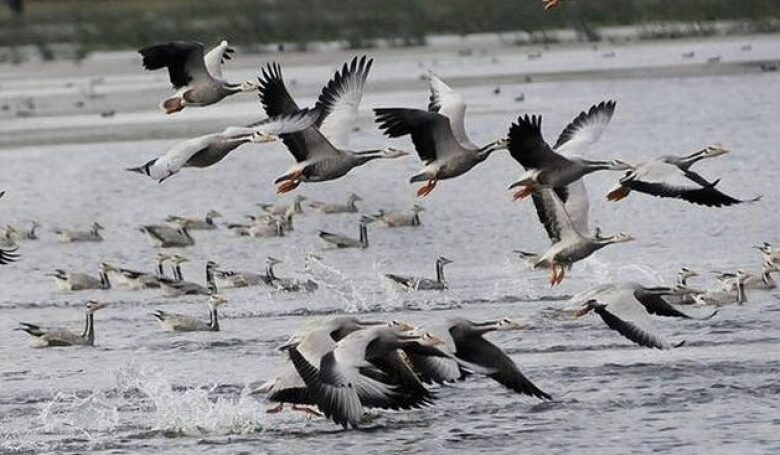
Kendrapara, Sep 12 : An estimated 1,23,867 monsoon birds were sighted and 26,118 nests were spotted by forest enumeration teams during the monsoon bird census this year in Bhitarkanika National Park.
Park sources on Tuesday said 7,797 more residential birds thronged to Bhitarkanika National Park this year for the nesting process.
This year, 1654 more nests were reported in comparison to last year.
The monsoon bird census was carried out from September 3 to September 8 at four places in and outside Bhitarkanika National Park.
The monsoon birds selected 1760 trees inside the park to form 26,118 nests, DFO of Rajnagar Mangrove Forest and Wildlife Division Gopinath Sudarshan Jadav said.
However, not a single nest has been spotted at Bagagahan Heronry, which has been a favourite nesting place for the monsoon bird species over the years. Last year, the monsoon birds did not visit the Baggahan heronry.
The monsoon birds have preferred to form nests at Laxmi Prasad dia, Matha-adia and Durgaprasad-dia heronry.
This time, the enumerators spotted a new nesting place at Bali-dia under Rajnagar forest Range.
In Laxmi Prasad Dia, the forest personnel sighted 12,480 nests, 11,599 nests at Matha-adia, and 1532 nests in Durgaprasad-dia.
Altogether, 507 nests were found at Bali-Dia.
As many as 10 out of 11 types of species thronged to Bhitarkanika National Park this year.
The residential bird species that visited Bhitarkanika National Park this monsoon included the Asian open-billed stork, large Egret, intermediate Egret, Little Egret, purple heron, Grey heron, Little cormorant, Black crowned Night heron, Black headed Ibis and Darter ,DFO Jadav said.
Asian open-billed stork once again came in larger numbers than other bird species. Similarly, the darter,which is called a snake bird and has become a rare species nowadays, was spotted during the census drive.
Every year, with the onset of monsoon season, these birds generally come in large numbers to Bhitarkanika National Park, and the nesting process is completed by the end of November.
Darter , Grey heron and Purple heron started breeding early, and often chicks are seen during the first week of August, whereas Open-Bill Stork and White Ibis are among the late breeders, with young seen during the August last week or September first week .
Open-billed storks prefer to form their nests in Guan trees, and avian species form their nests on the top canopy, whereas the lowermost branches are preferred by smaller birds like little cormorants, forest official sources said.






